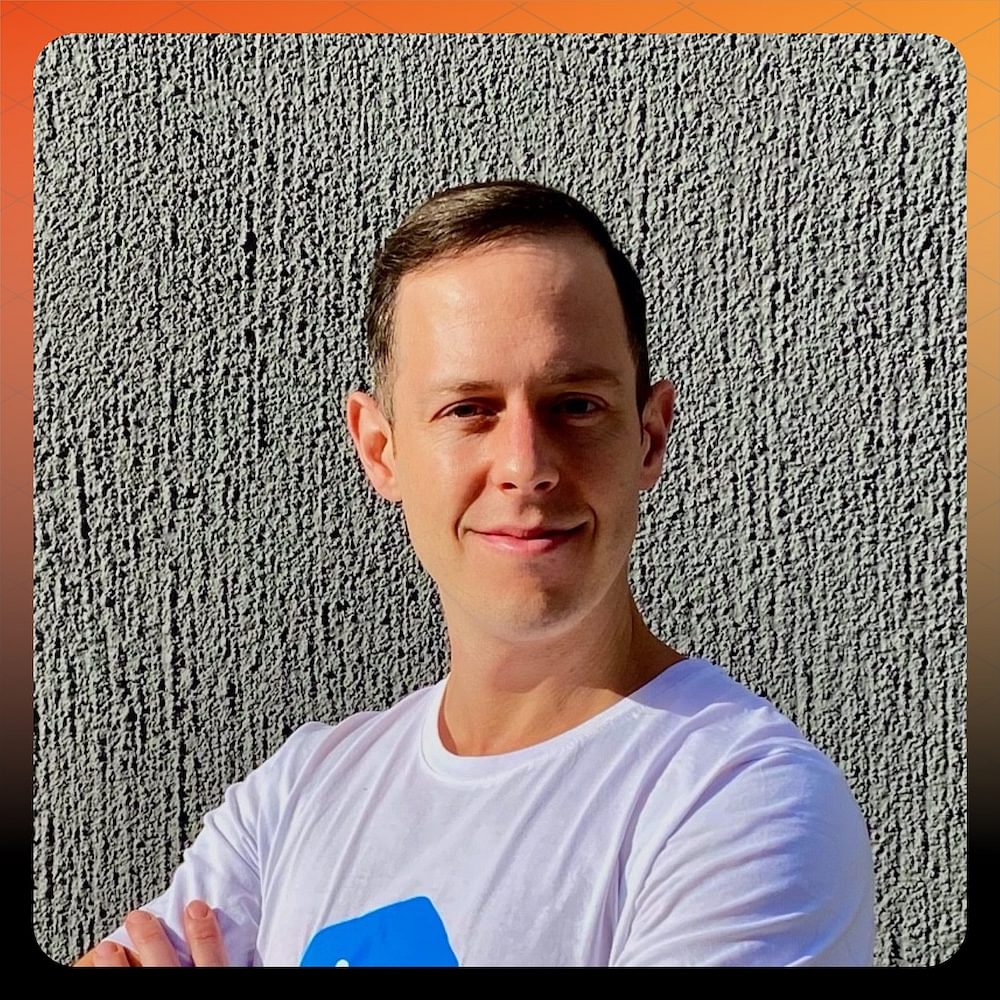
David Eberle is the CEO and co-founder of Typewise, the app that’s changing how we enter text into our phones and desktop devices. Typewise was inspired by a statistic: on average, we spend 1.5 hours per day typing, and the speed at which we type is only 10% of the speed of our thoughts. What if there were a way to make this process more seamless, efficient, and convenient?
Typewise is a multilingual keyboard app with an interface that makes smartphone keyboards more user-friendly. Typewise keyboards are adapted to how we actually type on smartphones, using two thumbs and not 10 fingers. It also harnesses AI technology, with an advanced predictive text algorithm that’s highly adaptive and responsive. But success didn’t come easily to Typewise, as the team had to tackle many technical and logistical challenges from the initial concept to launching. Here David walks me through the journey of Typewise, with the highs and lows they encountered along the way.
Building an interface
One of the most difficult things about building a successful keyboard app is it has to nest within other apps. The Typewise app itself contains a short tutorial and instructions on how to configure your phone settings, but the keyboard is a keyboard extension that’s available in any other app that requires the user to type. This poses several challenges such as memory limitations, data permissions and compatibility with software. In order to create a well-designed and seamless app experience, the Typewise team spent a long time engineering the concept and working on the logic, all in multiple languages.
Bouncing back from bad reviews
When the app was released, it received some one-star reviews, especially on iOS, and an app with bad reviews on the App Store is an app with a short future. One problem was that the app was in a beta version and had no autocorrect function. Additionally, Apple had recently released the iPhone 6, with a different screen size and keyboard rendering to the iPhone 5, so the Typewise keyboard had keys that were cut off the screen. Typewise contacted Apple tech support, who told them to contact each individual app they worked with, which was time-consuming and ultimately fruitless.
Eventually, the team had to go back to square one and spent over a year working on the logic and development of the app. They then released an updated version of the app which was better received by the end users, who gave it ratings of four and five stars.
Fundraising on Kickstarter
David decided to fund Typewise though a Kickstarter campaign, both to receive money and to evaluate the demand for the product. Over the course of a weekend, the two founders made a promotional video with a designer to showcase Typewise and their vision. But once they had made the video, they had to find a way to broadcast it to attract attention from potential donors. Luckily, they had connections with some journalists, one of whom wrote an article about Typewise for TechCrunch, but that only brought in a few hundred dollars in contributions. By a stroke of luck, the Swiss media picked up the story and began to promote it. This brought in a wave of donations and Typewise climbed the ranks of Kickstarter, starting a virtuous circle of funding and publicity.
Hiring a team
Typewise began a two-person project run on a part-time basis, but as the app grew, it was clear that David and his co-founder Janis needed help. They happened to know a great developer who they brought onto the team part-time and eventually hired more part-time developers from their network, but they were constrained by a lack of money. After their first financing round, the founders were able to move over to Typewise full time and could afford to employ a team, forming a tight squad of an Android developer, an iOS developer, a marketing manager and a designer. This brought new challenges as not all the hires worked out, and David learned to get quicker at making decisions around hiring and firing. Now, when hiring specifically for developer roles, David always requests that the candidate must complete a coding challenge followed by a technical interview and a probationary period. This allows the company to regularly review the developer’s work and to see how they respond to feedback.
Subscribe to the Mobile App Makers podcast for more great interviews with industry experts from the app development field.
This article is based on an interview I did with David Eberle.